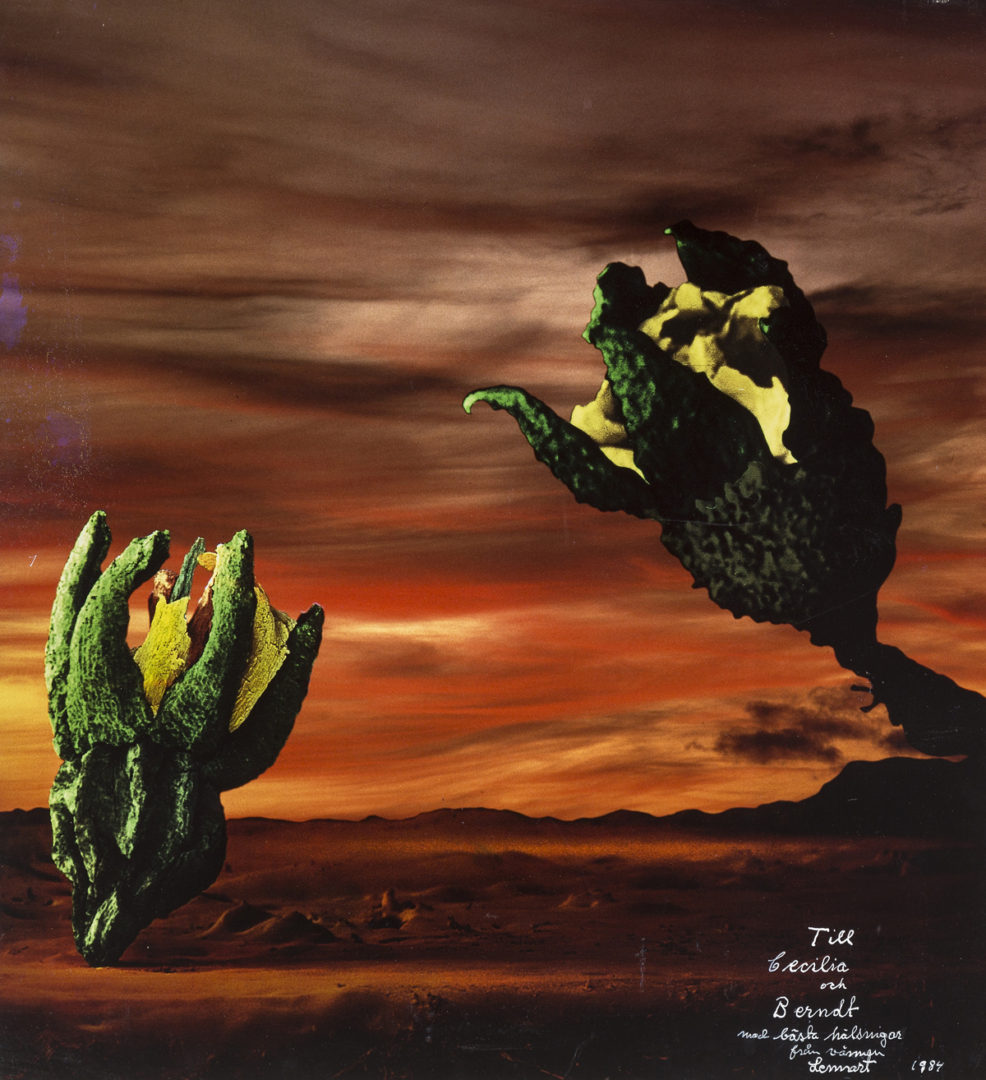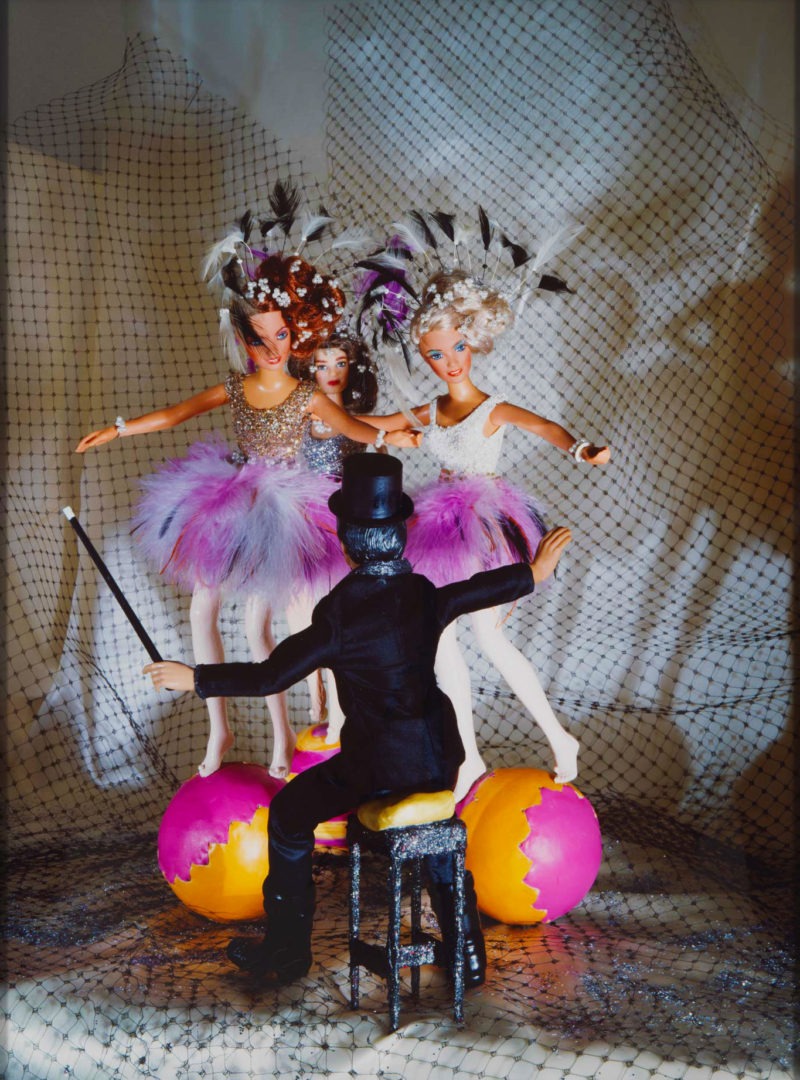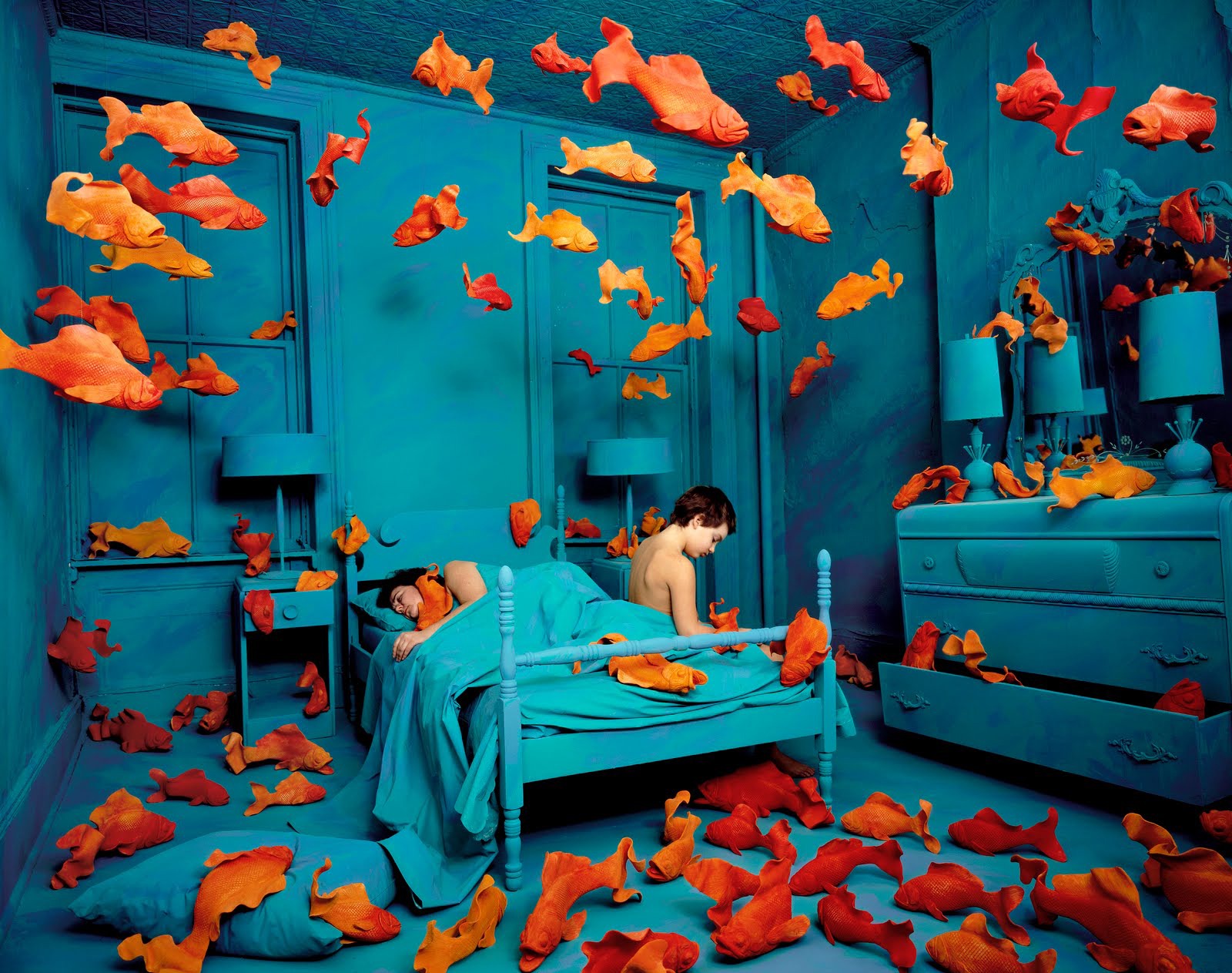Ciba Dreams
Cibachrome is a process that is no longer. Fact is, for the few Cibachrome purveyors during the analog era, it was always a cult. If you ask those dedicated few afficianados, they will still tell you they would “trade all your digital trash” for one well done Cibachrome. (Ilfochrome) While you may, (or may not), agree, one thing is obvious. The collectors of photography as art and galleries have seen an exponential rise in prices by the sheer fact that it is a Cibachrome. Yes, it is “old” wetroom technology. But, what technology it was!

Always an Outlier
Yes, it was always unique. But it also was always without peer. Making color prints directly from a transparency (a “slide”) was known as the Cibachrome process. Unlike the chromogenic processes, the dyes were built into the paper’s emulsion and selectively bleached out during development. These prints were always valued for their saturated colors and increased archival stability over the traditional chromogenic processes. However, in recent years, that appreciation has increased tenfold. I guess like a vintage Patek Phillipe watch, never to be duplicated in a modern world, only increasing it’s value. Sure. The road to the print is long and varied. But the Cibachrome was at the top of the color food chain.
The Technical Jist
The technical aspects of Cibachrome is that it is a direct-positive, (from transparency/slide), chromolytic process. It incorporates very concentrated cyan, magenta, and yellow dyes into the paper’s emulsion. First appearing as black. Removing these dyes would expose the transparency. This is where the level of actual exposure in an image determines the dyes that are bleached away, and form an essentially positive photograph. Slick, clean and as vibrant as the transparency it was produced from.

Fiber It’s Not
The Cibachrome is the anti-thesis of a black and white fiber based print. Certain aspects of the paper actually made it easier to work with. The paper was extremely flat, quite strong and not prone to tearing. Additionally, it was a kind of polyester that was chemically inert, which is what contributed to it’s very bright neutral whites. Add to that a super high gloss finish, closer to a showroom car than a photograph. People viewing a Ciba in a gallery tend to think they’re looking at something “3-D”, and it’s not uncommon for them to change their viewing angle in amazement. But all this came at a price if you were not doing your own printing. Which is why even photographers like Fred Herzog rarely printed their transparencies. (and why he didn’t start having many exhibits until he was much older)
The Last Color Artform?
Cibachrome was a positive to positive printing process used for the reproduction of slide images on photographic paper. It was later purchased by the Ilford company, and called Ilfochrome. In 2012, Ilford announced its final production run of Ilfochrome. 😥 No more real, jaw dropping prints from the over the top palette of a Velvia, or…? There is no company or individual anarchist out there curating the recipe and making the paper and chemicals? You would think, of all the people dedicating so much wasted time on selfies, someone would apply their flaccid brain cells to a goal of pleasing humanity and art. But,…it is not to be. The world without cibachrome seems a duller place. Because it is.

Clone-a-Chrome
I know. Cheesy name. But this venerable establishment sat down the block from Duggal in NYC. And, it was the “go to” place for getting your Ciba’s. And, there was no guessing what the colors of the print would be. All you had to do was look at your transparency. Hence, “Clone-a-Chrome”. While they just had a small desk area to drop off the chrome and order the print and print size, the rotating gallery of images, in both the waiting area and displayed in the windows, was startling. From some of NY’s best photographer’s, it became a temple of inspiration. You couldn’t even walk past the window displays without getting out your spittoon to collect the drool. It was that good. Unfortunately, displaying on a monitor does these prints no justice. And, yes, using a chrome from a Mamiya RZ67 or 4×5 camera maximized the total effect. But even the dedicated purveyors of 35mm Kodachrome, Ektachrome and Fujichrome,…like Fred Herzog and Slim Aarons,… produced mind boggling prints.

Excellence in Expression
Well,…those days of pride in craftsmanship, and the sheer beauty of hard won printmaking, seem to have diminished to a sigh and a whisper. It is only now we are beginning to realize what we have lost, and more importantly, what we have have given away in what we at first perceived as a technological renaissance. I think the sheer emotion and held back tears of Christopher Burkett in the video below, as he waxes poetically about the process,…sadly, says it all. 😥
Header Image: © Sandy Skogland


Does the current revival of vinyl audio presage a wider Analog Renaissance? Bring back Koda & Cibachrome.
Uhhhh,…in my wet dreams maybe. 🤣🤣
AF